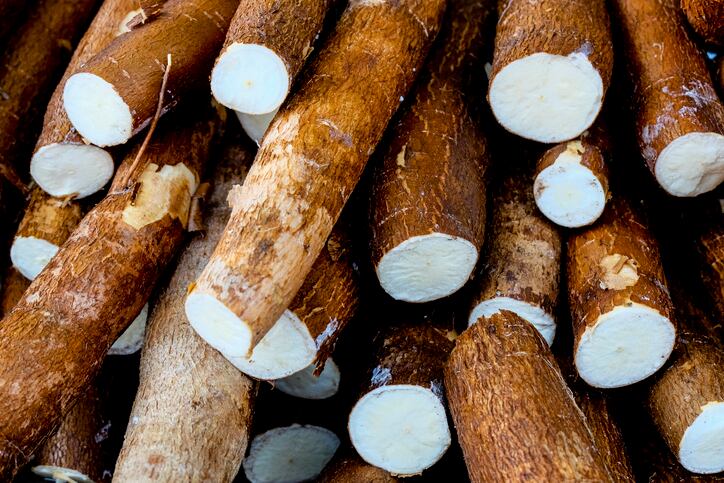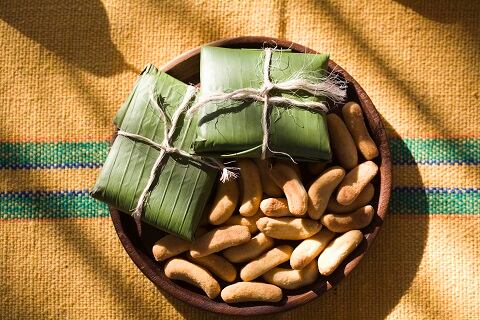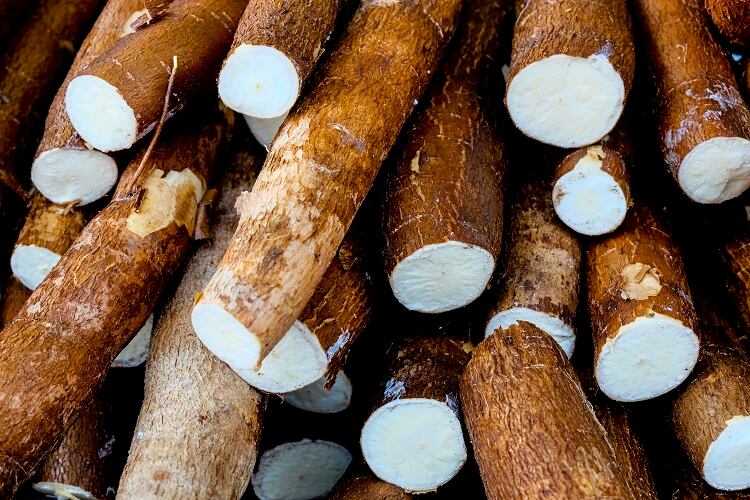Native to Brazil, the cassava plant is ad an integral part of Brazilian cuisine. It is used to make tapioca, the name of a traditional on-the-go snack that resembles a chewy, white ‘flatbread’ filled with meat and cheese.
Tapioca, however, is made of pure starch and contains negligible amounts of the minerals and nutrients found in the cassava root, and none of the fiber.
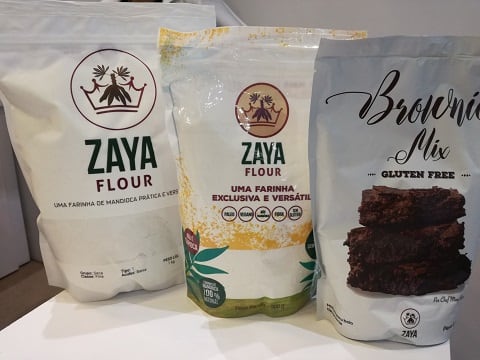
“The benefit of our flour is that it contains fiber [because] it is made from the entire cassava root. We just peel, wash and dry the cassava, and that way we can preserve all the nutrients of the root," the CEO of Zaya Flour, Marcelo Achcar, told FoodNavigator-LATAM at BioBrazil last week.
A 60 g serving of Zaya Flour provides 2.3 g of fiber and 22% of the recommended daily intake of iron.
The company, therefore, communicates how its product is different in both texture and nutrients, telling consumers on the front of the product packaging ‘This is not tapioca!’
“Regular cassava flour is a typical food in Brazil but not the premium kind, which takes time to prepare. You must choose carefully the cassava root,” Achcar added.
'Not so common for baking in Brazil'
Gluten-free and non-GMO, Zaya Flour’s cassava flour has a two-year shelf life and neutral taste, which means it can be used as a like-for-like replacement for wheat flour in gluten-free bakery applications, according to the company.
The Sao Paolo-based company was founded five years ago and began exporting the flour to Europe. French manufacturers use it to make gluten-free bakery products such as quiches and tarts, said Achcar.
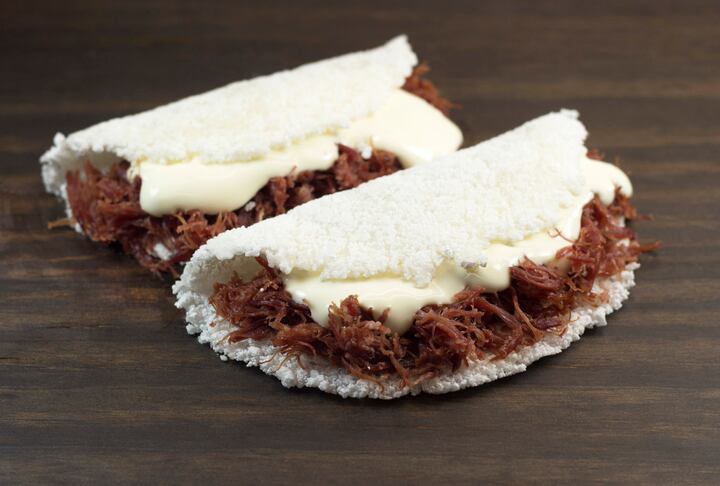
In 2017, it launched a consumer-facing brand for the domestic Brazilian market comprised of baking pre-mixes for brownie and bread.
It also makes a low-carb bread mix made with ground almonds, golden flaxseed, and cassava flour.
“We started out exporting because the market in Brazil was already full, although cassava flour is not so common for baking here.”
Zaya Foods sources its cassava from various regions in Brazil depending on the season, Achcar said.
The company recently launched a food service division, selling its flour in 10 kg and 25 kg batches with each batch guaranteed to be free from gluten according to international standards.
A one-kilo pack of Zaya flour sells for R$21.90 on its online shop while a 10-kilo pack is R$169.
The top five cassava-producing countries in 2017 were Nigeria, the Democratic Republic of Congo, Thailand, Indonesia and Brazil.
Brazil produced over 19 million tonnes compared to Nigeria’s 59 million.
Source: Food and Agriculture Organization (FAOSTAT)

